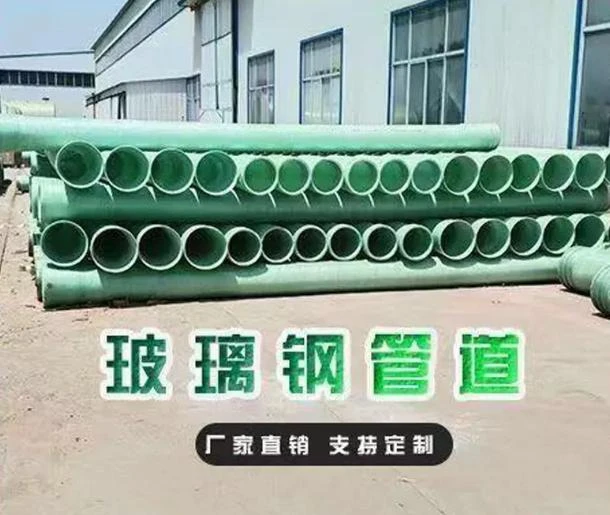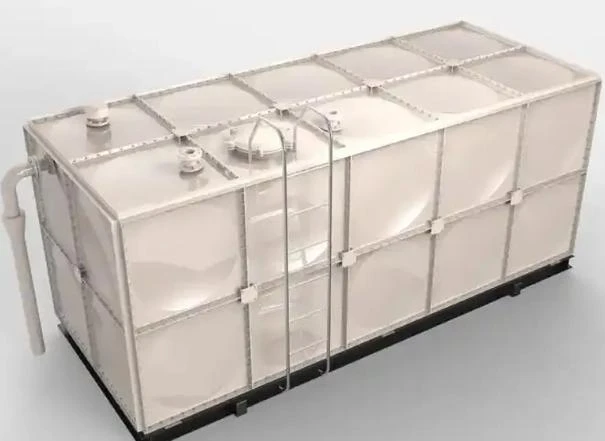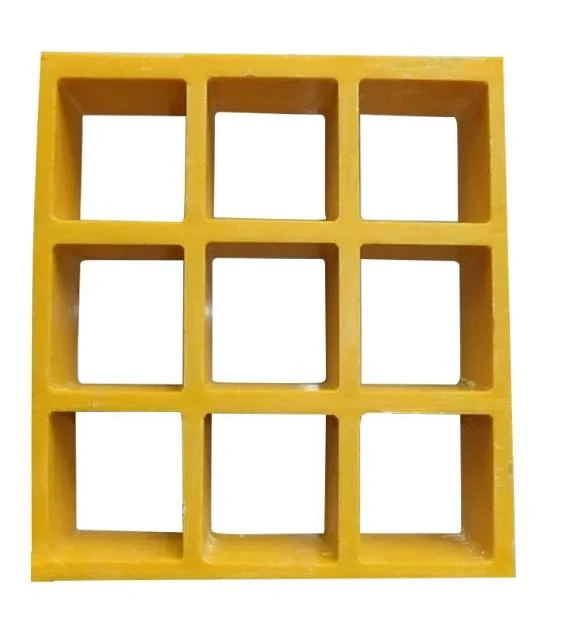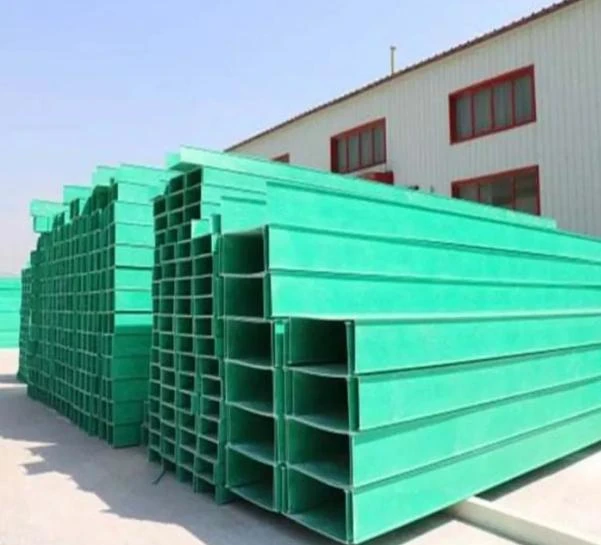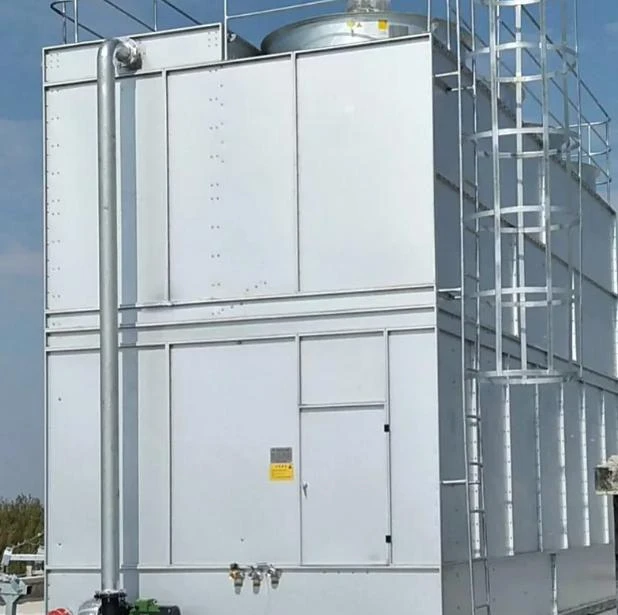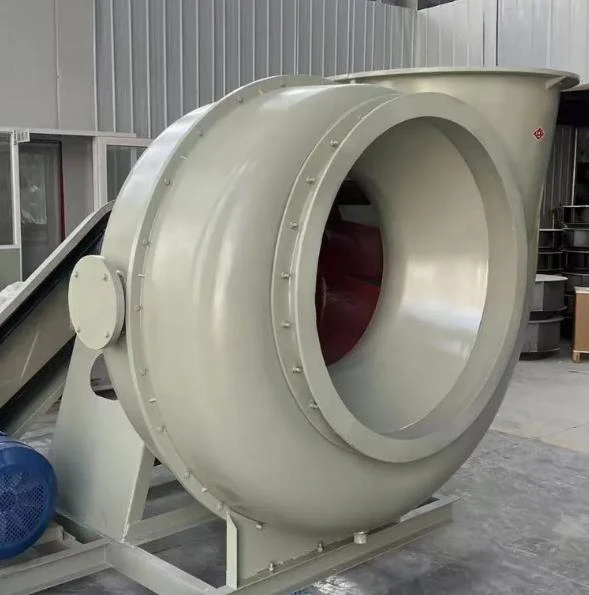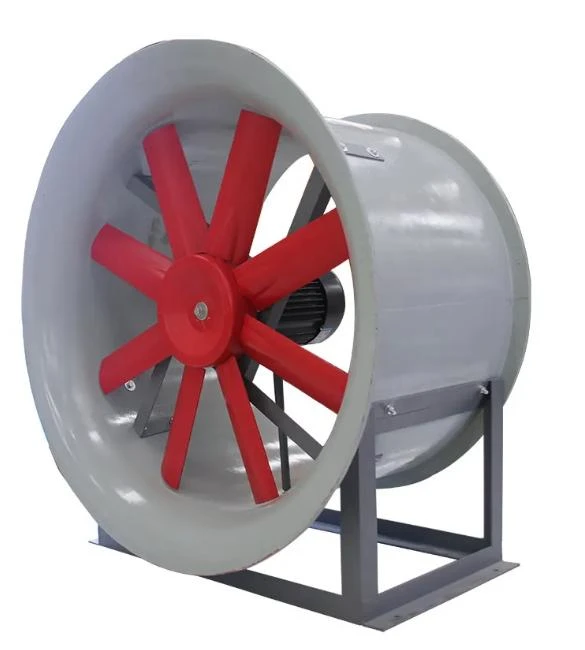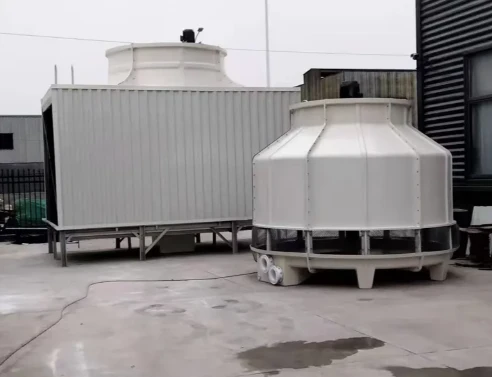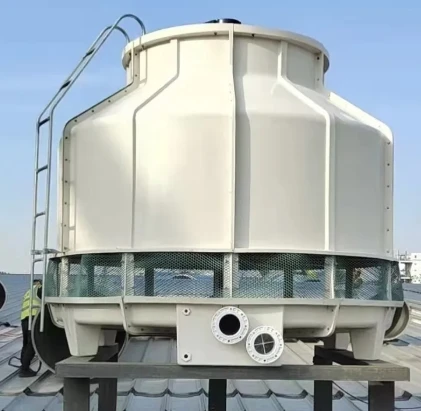

We Are Open 24 Hours a Day, 7 Days a Week, Including Weekends and Public Holidays.
- Overview of GRP Grating Panels and Their Industrial Significance
- Technical Advantages Over Traditional Materials
- Performance Comparison: GRP vs. Steel vs. Aluminum
- Customization Options for Diverse Applications
- Case Studies: GRP Panels in Action
- Market Growth and Data-Driven Demand
- Why GRP Grating Panels Dominate Modern Infrastructure
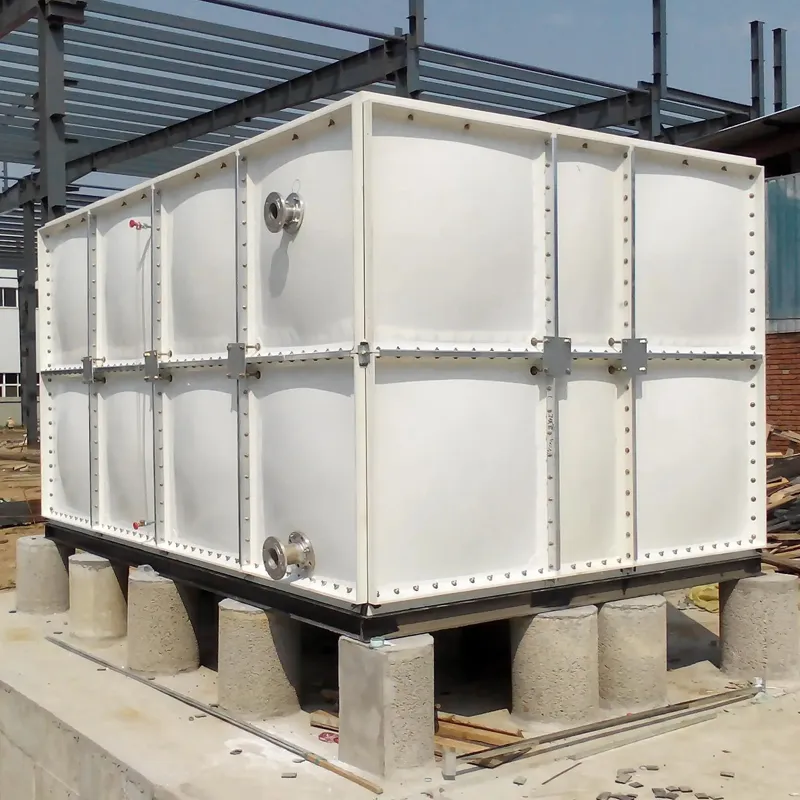
(grp grating panels)
GRP Grating Panels: Revolutionizing Industrial Flooring Solutions
GRP (Glass Reinforced Plastic) grating panels have emerged as a cornerstone in industrial and commercial infrastructure due to their unmatched durability and adaptability. Unlike conventional materials, these panels combine fiberglass reinforcement with thermosetting resins, delivering a product that resists corrosion, heavy loads, and harsh environments. Industries ranging from chemical processing to offshore energy rely on GRP mesh panels and walkway systems to ensure safety while minimizing maintenance costs.
Technical Advantages Over Traditional Materials
GRP grating panels outperform steel and aluminum in critical areas. With a tensile strength of 1,200 MPa and a weight reduction of 40% compared to steel, they reduce structural strain. Their non-conductive properties and resistance to chemicals like sulfuric acid (up to 50% concentration) make them ideal for hazardous zones. Additionally, fire-retardant variants comply with ASTM E84 Class 1 standards, ensuring safety in high-risk facilities.
Performance Comparison: GRP vs. Steel vs. Aluminum
| Parameter | GRP Panels | Steel | Aluminum |
|---|---|---|---|
| Load Capacity (kN/m²) | 12.5 | 10.0 | 8.2 |
| Corrosion Resistance | Excellent | Poor | Moderate |
| Weight (kg/m²) | 18 | 42 | 28 |
| Lifespan (years) | 25+ | 10-15 | 15-20 |
Customization Options for Diverse Applications
GRP walkway panels are engineered to meet site-specific requirements. Manufacturers offer modular designs with adjustable mesh sizes (15mm–50mm), anti-slip grit surfaces (R12 rating), and custom colors for visibility. For example, oil refineries often select black panels with UV stabilization, while water treatment plants opt for bright yellow to enhance worker safety. Bolt-down or clip-in installation methods further simplify deployment.
Case Studies: GRP Panels in Action
Chemical Plant, Germany: Replaced steel walkways with GRP mesh panels, reducing annual maintenance costs by 62% over five years. Offshore Platform, Norway: Installed 2,000 m² of anti-slip GRP grating, withstanding saltwater exposure and 120 kph winds. Wastewater Facility, USA: Utilized custom 38mm mesh panels to prevent debris buildup, achieving 90% faster drainage versus aluminum alternatives.
Market Growth and Data-Driven Demand
The global GRP grating market is projected to grow at 7.8% CAGR through 2030, driven by infrastructure upgrades in emerging economies. A 2023 industry report revealed that 78% of engineering firms now prioritize GRP over metal for new projects, citing lifecycle cost savings of 34% on average. This shift aligns with stricter OSHA and EU safety regulations mandating non-corrosive materials in industrial settings.
Why GRP Grating Panels Dominate Modern Infrastructure
GRP grating panels represent the future of industrial flooring, blending innovation with practicality. Their lightweight yet robust design, coupled with customization flexibility, addresses challenges traditional materials cannot. As industries prioritize sustainability and cost-efficiency, GRP walkway panels and mesh systems stand as the optimal choice for engineers and facility managers worldwide.
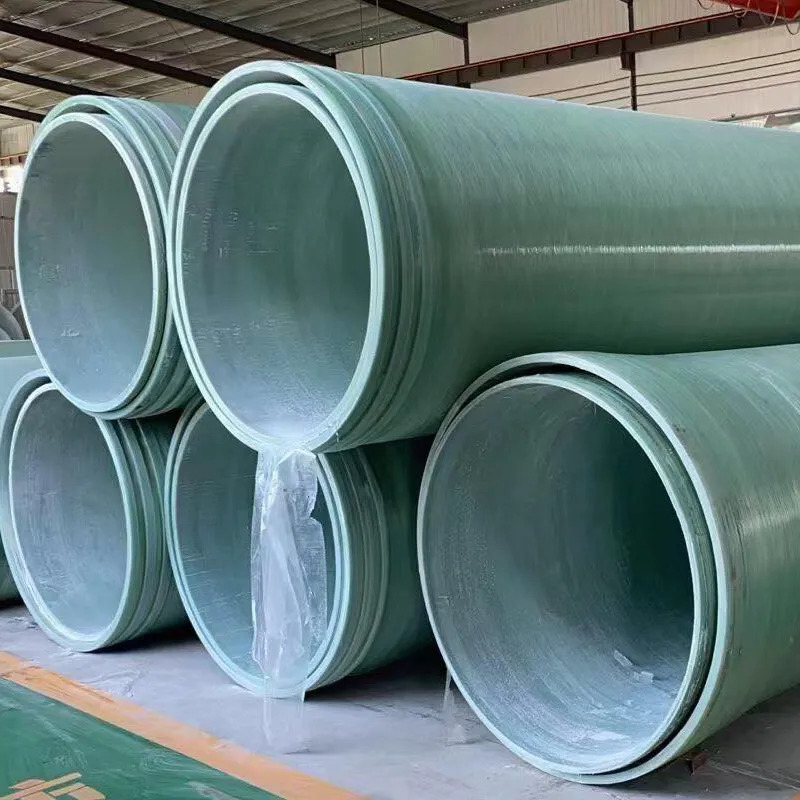
(grp grating panels)
FAQS on grp grating panels
Q: What are the primary applications of GRP grating panels?
A: GRP grating panels are widely used in industrial settings, such as walkways, platforms, and drainage covers, due to their corrosion resistance and high strength-to-weight ratio.
Q: How do GRP mesh panels differ from traditional metal alternatives?
A: Unlike metal mesh panels, GRP mesh panels are lightweight, non-conductive, and resistant to rust, making them ideal for harsh environments like chemical plants or marine areas.
Q: Can GRP walkway panels withstand heavy loads?
A: Yes, GRP walkway panels are engineered to support significant loads while maintaining structural integrity, with load capacities tailored to specific industrial or commercial needs.
Q: Are GRP grating panels easy to install?
A: GRP grating panels are lightweight and modular, allowing for quick installation with basic tools. They can also be cut on-site to fit unique layouts.
Q: Do GRP mesh panels require regular maintenance?
A: No, GRP mesh panels are low-maintenance as they resist corrosion, UV degradation, and chemical exposure, reducing the need for frequent repairs or replacements.





Address
20 Xingyuan South Street, Zaoqiang County, Hengshui City, Hebei Province, China














